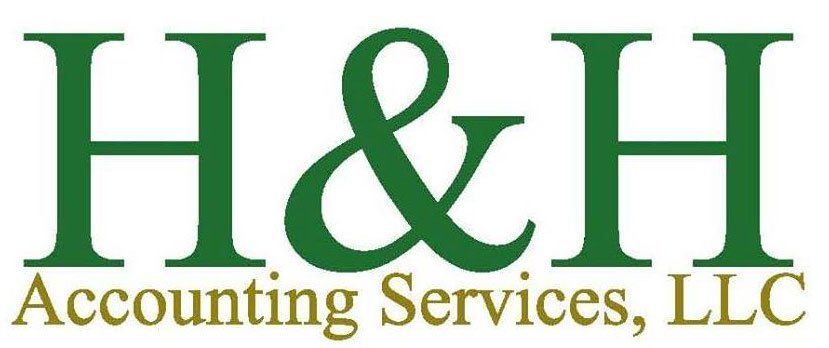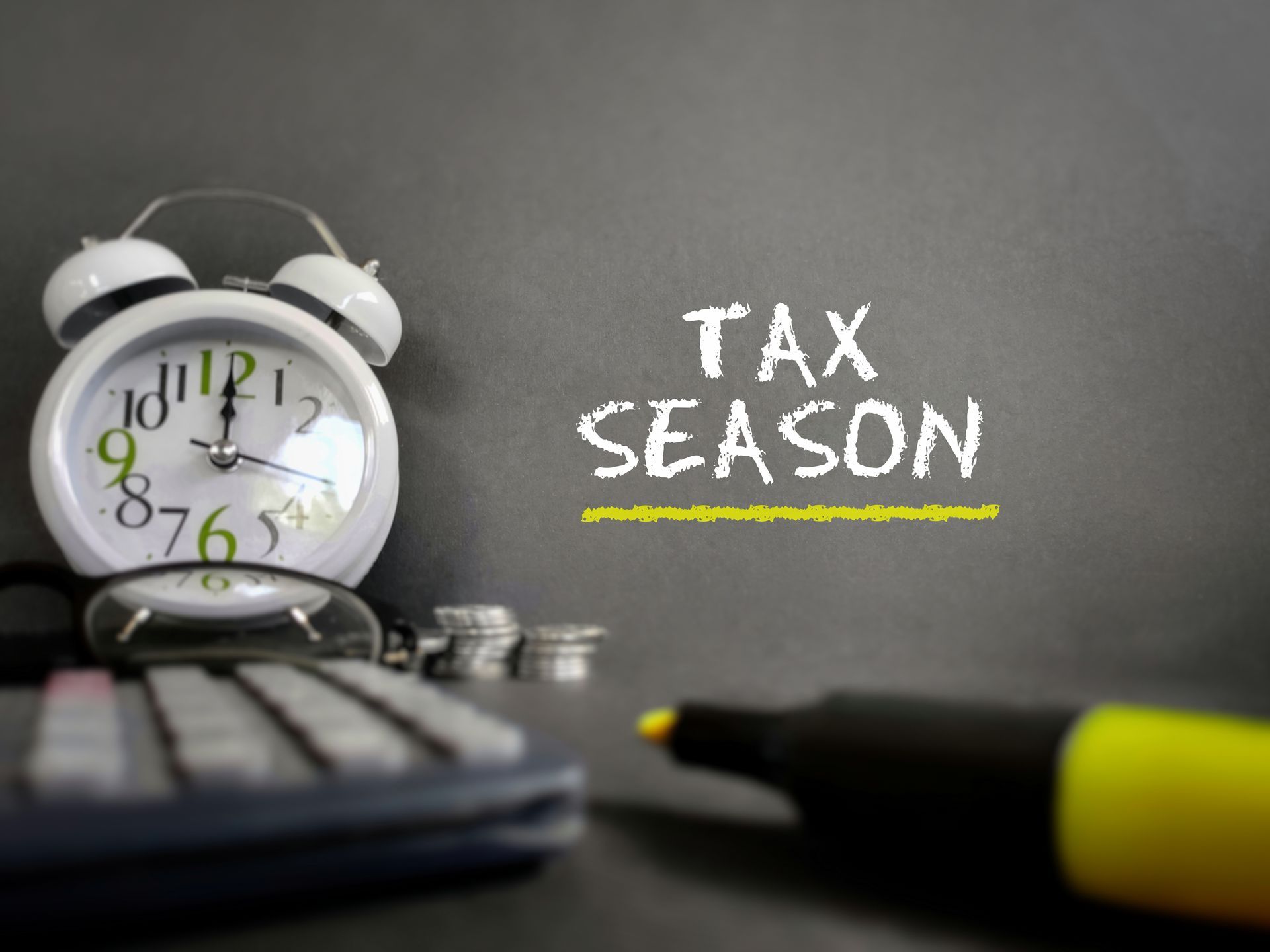How Feasible Are Catch-Up Contributions in Your 50s, and Are There Tax Strategies That May Help?

It’s a familiar story: life gets in the way, and suddenly you’re in your late 40s, 50s or even 60s, realizing you haven’t saved nearly enough for retirement. Maybe you prioritized raising kids, buying a home or running your business, and retirement planning simply fell down the list of financial priorities.
The good news is that it’s not too late. The IRS provides special tools, known as catch-up contributions, and there are tax strategies that can help you accelerate your savings without having to live like a pauper. With careful planning, you can still make meaningful progress toward a more secure retirement.
What Are Catch-Up Contributions?
Catch-up contributions are extra amounts you’re allowed to put into retirement accounts once you reach age 50. These provisions acknowledge that many people may only begin saving seriously later in life, and they give you an opportunity to stash away more in a tax-advantaged way.
- 401(k), 403(b), and 457 plans: In 2025, workers under 50 can contribute up to $23,500 annually. If you’re 50 or older, you can contribute an additional $7,500, bringing your total limit to $31,000 per year. Savers aged 60 to 63 are also entitled to extra catch-up contributions of up to $11,250 (if the plan allows), making the total $34,750.
- Traditional and Roth IRAs: The standard limit is $7,000 in 2025. If you’re 50 or older, you can contribute an extra $1,000, bringing the total to $8,000 annually.
- SIMPLE IRA: The standard limit is $16,500 in 2025, with an extra $3,500 catch-up allowance for those 50 and over and a higher catch-up limit of $5,250 for savers aged 60 to 63 with eligible plans.
These increased contribution limits allow older workers to maximize retirement savings during their highest-earning years.
Tax Advantages of Catch-Up Contributions
One of the most powerful aspects of catch-up contributions is the tax benefit.
- Traditional 401(k) and IRA contributions are generally tax-deductible. Every dollar you put in reduces your taxable income, potentially lowering your tax bracket. For example, a 55-year-old contributing the maximum $31,000 to a 401(k) could reduce their taxable income by that amount, which can result in thousands of dollars saved in federal and state taxes.
- Roth accounts, on the other hand, don’t provide an upfront deduction, but withdrawals in retirement are tax-free. This can be a smart move if you expect your tax rate to be higher in the future.
The tax savings can make it much easier to contribute more without significantly impacting your day-to-day lifestyle.
Additional Tax Strategies to Boost Retirement Savings
While catch-up contributions are a great start, there are other strategies that can help accelerate your progress.
1. Health Savings Accounts (HSAs)
If you’re enrolled in a high-deductible health plan, you may qualify for an HSA. These accounts offer triple tax benefits: contributions are tax-deductible, growth is tax-deferred, and withdrawals for qualified medical expenses are tax-free. After age 65, you can withdraw HSA funds for any purpose (non-medical withdrawals are taxed like ordinary income). For 2024, individuals can contribute $4,300 (self-only) and $8,550 (family), and those age 55+ may contribute an extra $1,000 as catch-up.
2. Backdoor Roth IRA Conversions
If your income is too high to contribute directly to a Roth IRA, you can use a “backdoor” strategy by contributing to a traditional IRA and then converting it to a Roth. While you’ll pay taxes on the conversion, it locks in future tax-free growth. This is a huge benefit if you’re starting late but still have 10–15 years until retirement.
3. Maximize Employer Matches
Many Arizona employers offer a match on 401(k) contributions. Failing to take advantage of this is essentially leaving free money on the table. If you’re behind on savings, making sure you at least contribute enough to capture the full employer match should be a top priority.
4. Strategic Asset Location
Beyond how much you contribute, where you hold investments matters. Placing bonds and income-generating investments in tax-deferred accounts while keeping stocks in taxable accounts may improve after-tax returns. A skilled accountant can help fine-tune this balance.
5. Adjusting Lifestyle Without Extreme Sacrifice
Catching up on retirement savings in your 50s or 60s does usually require some belt tightening. But small adjustments like downsizing discretionary expenses, delaying a large purchase or even working a few extra years, can compound significantly when paired with tax strategies.
6. Delaying Your Social Security Benefit Pays Dividends
Delaying Social Security past your full retirement age increases your monthly benefit by up to 8% per year until age 70, providing a reliable way to boost guaranteed income in later years. The full retirement age for people born 1960 or later is 67. If you delay until 70, that’s a 24% increase in monthly Social Security benefits.
The Feasibility Question: Is It Too Late?
Many people in their 50s or 60s assume they’ve missed the boat. But in reality, these can be your highest-earning years, which means they’re also the years when you can save the most.
- At age 52, if you contribute the full $30,500 to a 401(k) annually and earn a 6% return, you could build nearly $600,000 in 15 years. Pair that with spousal contributions, IRAs and an HSA, and the numbers add up quickly.
While you may not achieve the same cushion as someone who started saving at 25, making full use of catch-up provisions and tax-advantaged strategies can still lead to a retirement that’s both comfortable and sustainable.
Maximize Your Retirement Savings with Local Experts in Phoenix, AZ
The IRS rules surrounding contributions, deductions, and conversions are complex. Mistakes can be costly, and opportunities are often missed by those who go it alone. Working with an accountant and experienced personal tax preparer ensures you’re not only maximizing contributions but also coordinating them with your overall tax picture, estate plan and retirement goals.
At H&H Accounting, our team can help you structure contributions and identify tax-advantaged opportunities. Give us a call at (480) 561-5805 or contact us here on our website to schedule a consultation.



